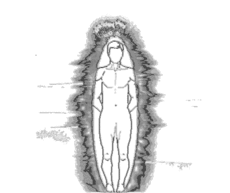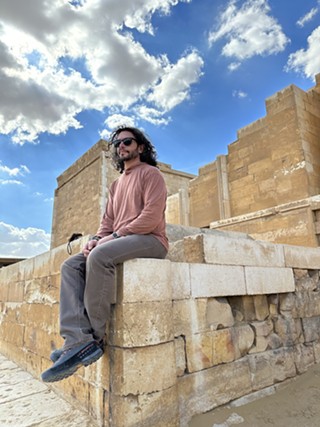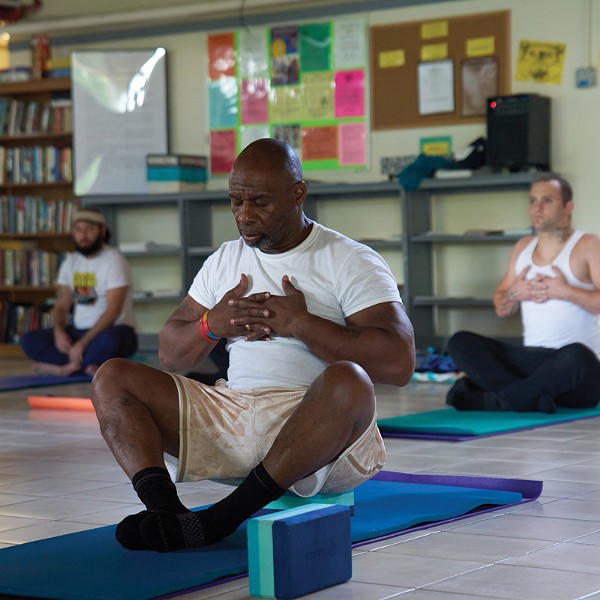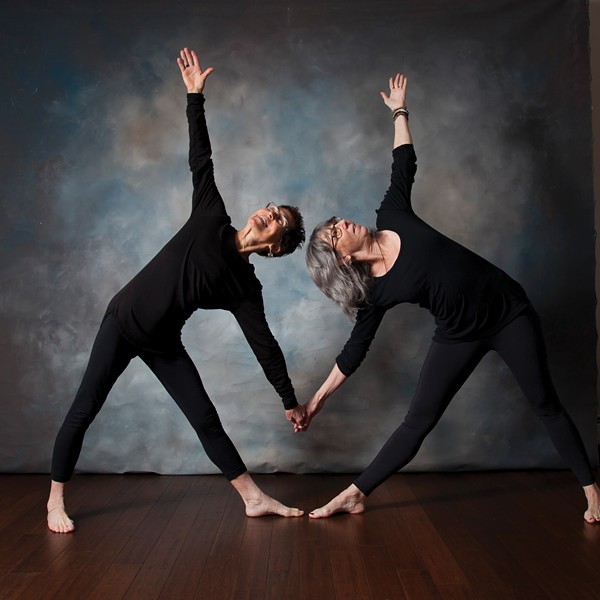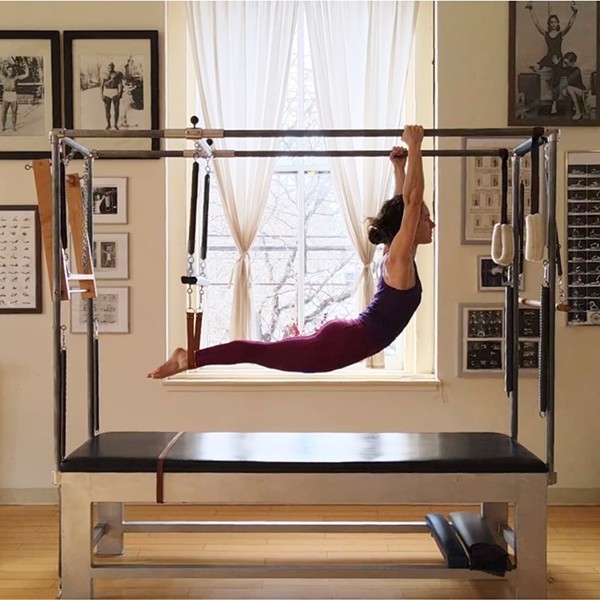—The first of the five “being-obligonian-strivings” of Ashiata Shiemash, as reported by G.I.Gurdjieff in All & Everything: Beelzebub’s Tales to His Grandson.
Esteemed Reader of Our Magazine:
I have been practicing yoga—Hatha yoga, to be precise—on and off for almost 10 years. I’ve gone through several yoga mats, replacing them as my feet have worn holes in the latex during hundreds of upward-dog to downward-dog transitions. Though some see yoga practice as a method of self-development, I view yoga practice primarily as a means of fulfilling the body’s need for exercise, for, in my view, self-development needs to take place in all the ordinary events of life. That said, the yoga-mat practice is ideally suited to developing the power of attention, awareness of the body and breath, and the impartiality of the inner observer. These experiences may then be translated to encounters “in life.”
My yoga style of choice—and there are many, guaranteeing an appropriate style for each practitioner—is called Ashtanga. It means “eight-limbed” because it aims to address all the psychic and physical facets of the experience. It starts with the Tristhana—bringing attention to the physical postures, breathing method, and direction of the gaze. These are a way of preparing for deeper levels of practice, leading to what the philosophical originator of Ashtanga yoga, Patanjali, describes in his sutras as citta vrtti nirodhah, which translated from the Sanskrit, means “the resolution of conflict in the mind.”
When I began practicing yoga I was ambitious to learn the form—Ashtanga teaches a proscribed series of postures—and make rapid progress to the higher levels. I pushed myself to build the strength required to perform the sequence and the flexibility to go deeper into each posture. This approach culminated with an injury to my knee that was punctuated by a loud “pop” in the middle of a group practice. The sound turned the heads of everyone in the room, and was followed by sympathetic groans. I stopped practicing for several years.
Recently my practice has renewed itself, with the help and encouragement of Baird Hersey of the harmonic-singing group Prana, who hosts early morning practice sessions at his home. With this renewal I noticed a shift in my approach. I am no longer in a hurry to “get there” (the whole concept of which is anathema to any kind of inner work, which has the primary aim of arriving here). I have patience now, and a willingness to submit to a process that will continue for years.
Today I took a led “Primary Series” class at Ashtanga of New Paltz. It was good to be required by Michael Stein, the owner of the studio, and teacher of the class, to stay in the postures a little longer than I would on my own, and receive his guidance as we progressed through the asana series. Baird happened to be in the class also, and at the end he said hello, and “good to see you again.” This statement, which ordinarily suggests a longish gap between visits, had a particular twist, as we had practiced together every day of the previous week. I understood his meaning.
“We’ve been working together,” I replied.
“It’s been helpful,” he said. “I say to myself ‘I’m practicing for Jason.’”
This reminded me of a Persian saying: “Call a man a friend only once you have eaten a bushel of salt together.” Baird and I have shared at least a teaspoon.
Ashtanga is essentially a self-practice. Once a practitioner knows the form, he does it on his own, though ideally with an instructor providing adjustments, and in the company of other practitioners, to support the practice. This independence affords a powerful self-reliance. To do the practice requires no equipment, special conditions, or membership fees. The practitioner needs only knowledge and the time and energy to do the work. It is a step in the direction of releasing attachment to special conditions and accoutrements.
One of the capacities that distinguishes humanity from other life forms is the ability to refine. A teacher once said to me, “It is rare that a person practices anything.” And indeed we go through so much of our lives without working toward the development or improvement of anything. We get caught up in the routines that support the basic needs and pleasures of existence. This push for refinement is the basis of the alchemical allegory of turning base metals into gold. The arena for this work is within our own instrument—through suffering and effort to refine our thoughts, feelings, manifestations, and being to a more rarefied degree. In the most straight-forward sense, this is doing God’s work. Our being becomes an instrument for channeling a greater intelligence into God’s creation.
Of course for any refinement to be of use for our being it must be accompanied by that potent, transformative ingredient: Observation. The teacher quoted earlier also said, “[On the path of self-development] you can do anything—as long as you know what you are doing.” Indeed, everything we do, if accompanied by observation and remembrance of ourselves, is naturally work for the refinement of being. Yoga practice is no exception. It can be useful, but if that key ingredient of working with inner attention is absent one might as well be operating a forklift.







